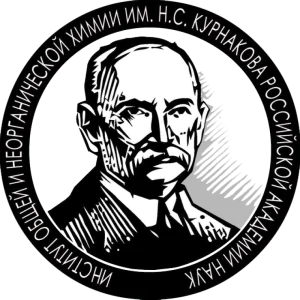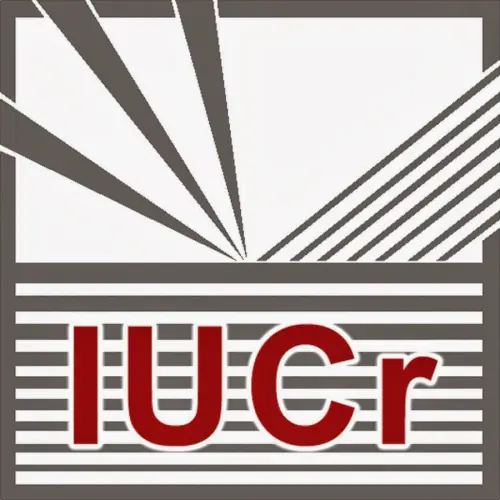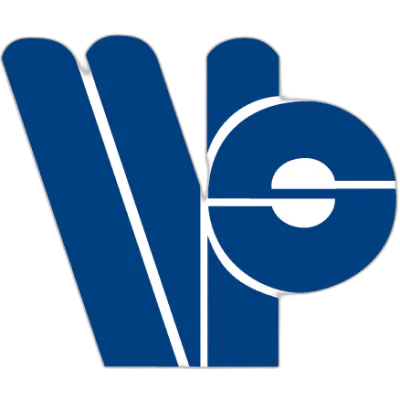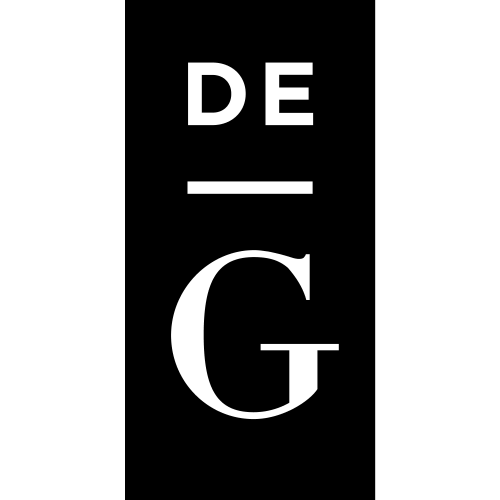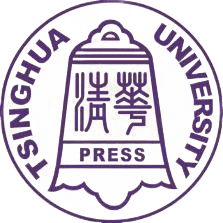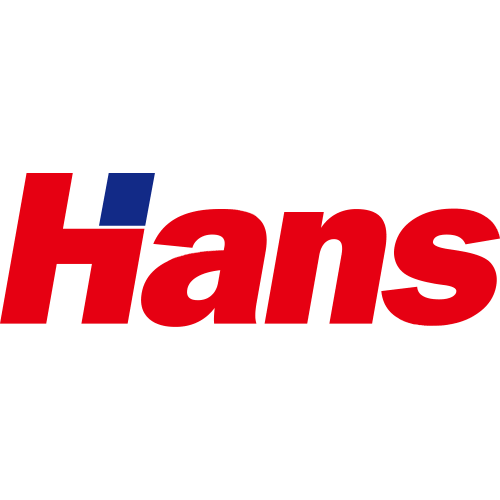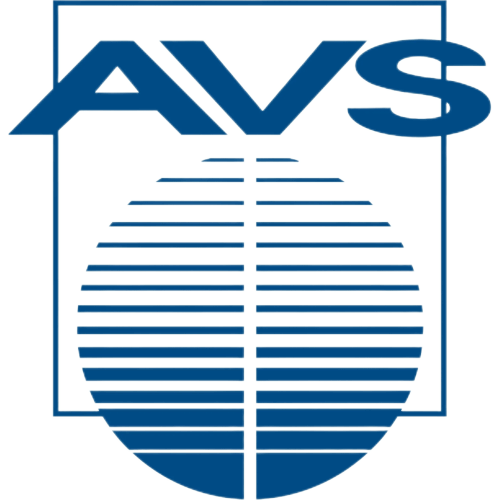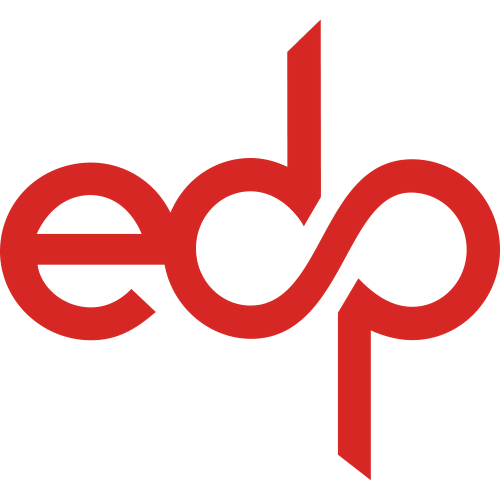Crystal Chemistry and Stability of “Li7La3Zr2O12” Garnet: A Fast Lithium-Ion Conductor
Charles A. Geiger
1
,
E. Alekseev
1
,
Biljana Lazic
2
,
Martin Fisch
2
,
Thomas Armbrüster
2
,
Ramona Langner
3
,
Michael Fechtelkord
3
,
Namjun Kim
4
,
T. Pettke
2
,
Werner Weppner
5
2
3
Publication type: Journal Article
Publication date: 2010-12-28
scimago Q1
wos Q1
SJR: 0.958
CiteScore: 7.4
Impact factor: 4.7
ISSN: 00201669, 1520510X
PubMed ID:
21188978
Inorganic Chemistry
Physical and Theoretical Chemistry
Abstract
Recent research has shown that certain Li-oxide garnets with high mechanical, thermal, chemical, and electrochemical stability are excellent fast Li-ion conductors. However, the detailed crystal chemistry of Li-oxide garnets is not well understood, nor is the relationship between crystal chemistry and conduction behavior. An investigation was undertaken to understand the crystal chemical and structural properties, as well as the stability relations, of Li7La3Zr2O12 garnet, which is the best conducting Li-oxide garnet discovered to date. Two different sintering methods produced Li-oxide garnet but with slightly different compositions and different grain sizes. The first sintering method, involving ceramic crucibles in initial synthesis steps and later sealed Pt capsules, produced single crystals up to roughly 100 μm in size. Electron microprobe and laser ablation inductively coupled plasma mass spectrometry (ICP-MS) measurements show small amounts of Al in the garnet, probably originating from the crucibles. The crystal structure of this phase was determined using X-ray single-crystal diffraction every 100 K from 100 K up to 500 K. The crystals are cubic with space group Ia3̅d at all temperatures. The atomic displacement parameters and Li-site occupancies were measured. Li atoms could be located on at least two structural sites that are partially occupied, while other Li atoms in the structure appear to be delocalized. 27Al NMR spectra show two main resonances that are interpreted as indicating that minor Al occurs on the two different Li sites. Li NMR spectra show a single narrow resonance at 1.2−1.3 ppm indicating fast Li-ion diffusion at room temperature. The chemical shift value indicates that the Li atoms spend most of their time at the tetrahedrally coordinated C (24d) site. The second synthesis method, using solely Pt crucibles during sintering, produced fine-grained Li7La3Zr2O12 crystals. This material was studied by X-ray powder diffraction at different temperatures between 25 and 200 °C. This phase is tetragonal at room temperature and undergoes a phase transition to a cubic phase between 100 and 150 °C. Cubic “Li7La3Zr2O12” may be stabilized at ambient conditions relative to its slightly less conducting tetragonal modification via small amounts of Al3+. Several crystal chemical properties appear to promote the high Li-ion conductivity in cubic Al-containing Li7La3Zr2O12. They are (i) isotropic three-dimensional Li-diffusion pathways, (ii) closely spaced Li sites and Li delocalization that allow for easy and fast Li diffusion, and (iii) low occupancies at the Li sites, which may also be enhanced by the heterovalent substitution Al3+ ⇔ 3Li.
Found
Nothing found, try to update filter.
Found
Nothing found, try to update filter.
Top-30
Journals
|
10
20
30
40
50
60
|
|
|
Solid State Ionics
52 publications, 8.01%
|
|
|
Journal of Power Sources
46 publications, 7.09%
|
|
|
Journal of Materials Chemistry A
34 publications, 5.24%
|
|
|
Chemistry of Materials
27 publications, 4.16%
|
|
|
ACS applied materials & interfaces
19 publications, 2.93%
|
|
|
Ionics
17 publications, 2.62%
|
|
|
Ceramics International
17 publications, 2.62%
|
|
|
Journal of Alloys and Compounds
14 publications, 2.16%
|
|
|
Advanced Energy Materials
13 publications, 2%
|
|
|
Electrochimica Acta
13 publications, 2%
|
|
|
Journal of the Electrochemical Society
11 publications, 1.69%
|
|
|
ACS Applied Energy Materials
11 publications, 1.69%
|
|
|
RSC Advances
9 publications, 1.39%
|
|
|
Inorganic Chemistry
8 publications, 1.23%
|
|
|
Physical Chemistry Chemical Physics
8 publications, 1.23%
|
|
|
Dalton Transactions
8 publications, 1.23%
|
|
|
Energy Storage Materials
7 publications, 1.08%
|
|
|
Journal of Energy Storage
7 publications, 1.08%
|
|
|
Small
7 publications, 1.08%
|
|
|
Journal of Physical Chemistry C
7 publications, 1.08%
|
|
|
Journal of the European Ceramic Society
6 publications, 0.92%
|
|
|
Frontiers in Energy Research
6 publications, 0.92%
|
|
|
ACS Energy Letters
6 publications, 0.92%
|
|
|
Journal of Electronic Materials
5 publications, 0.77%
|
|
|
Journal of Materials Science
5 publications, 0.77%
|
|
|
Journal of Solid State Chemistry
5 publications, 0.77%
|
|
|
Electrochemistry Communications
5 publications, 0.77%
|
|
|
ChemElectroChem
5 publications, 0.77%
|
|
|
Advanced Functional Materials
5 publications, 0.77%
|
|
|
10
20
30
40
50
60
|
Publishers
|
50
100
150
200
250
|
|
|
Elsevier
229 publications, 35.29%
|
|
|
American Chemical Society (ACS)
98 publications, 15.1%
|
|
|
Royal Society of Chemistry (RSC)
83 publications, 12.79%
|
|
|
Springer Nature
65 publications, 10.02%
|
|
|
Wiley
63 publications, 9.71%
|
|
|
The Electrochemical Society
13 publications, 2%
|
|
|
MDPI
12 publications, 1.85%
|
|
|
IOP Publishing
12 publications, 1.85%
|
|
|
AIP Publishing
6 publications, 0.92%
|
|
|
Frontiers Media S.A.
6 publications, 0.92%
|
|
|
Pleiades Publishing
5 publications, 0.77%
|
|
|
American Physical Society (APS)
3 publications, 0.46%
|
|
|
International Union of Crystallography (IUCr)
3 publications, 0.46%
|
|
|
World Scientific
3 publications, 0.46%
|
|
|
American Association for the Advancement of Science (AAAS)
3 publications, 0.46%
|
|
|
Walter de Gruyter
3 publications, 0.46%
|
|
|
The Electrochemical Society of Japan
2 publications, 0.31%
|
|
|
Cambridge University Press
2 publications, 0.31%
|
|
|
Tsinghua University Press
2 publications, 0.31%
|
|
|
Japan Society of Applied Physics
2 publications, 0.31%
|
|
|
Chinese Ceramic Society
2 publications, 0.31%
|
|
|
Taylor & Francis
2 publications, 0.31%
|
|
|
Hans Publishers
2 publications, 0.31%
|
|
|
American Vacuum Society
1 publication, 0.15%
|
|
|
Bentham Science Publishers Ltd.
1 publication, 0.15%
|
|
|
EDP Sciences
1 publication, 0.15%
|
|
|
Shanghai Institute of Ceramics
1 publication, 0.15%
|
|
|
Higher Education Press
1 publication, 0.15%
|
|
|
Science in China Press
1 publication, 0.15%
|
|
|
50
100
150
200
250
|
- We do not take into account publications without a DOI.
- Statistics recalculated weekly.
Are you a researcher?
Create a profile to get free access to personal recommendations for colleagues and new articles.
Metrics
649
Total citations:
649
Citations from 2024:
93
(14.33%)
Cite this
GOST |
RIS |
BibTex |
MLA
Cite this
GOST
Copy
Geiger C. A. et al. Crystal Chemistry and Stability of “Li7La3Zr2O12” Garnet: A Fast Lithium-Ion Conductor // Inorganic Chemistry. 2010. Vol. 50. No. 3. pp. 1089-1097.
GOST all authors (up to 50)
Copy
Geiger C. A., Alekseev E., Lazic B., Fisch M., Armbrüster T., Langner R., Fechtelkord M., Kim N., Pettke T., Weppner W. Crystal Chemistry and Stability of “Li7La3Zr2O12” Garnet: A Fast Lithium-Ion Conductor // Inorganic Chemistry. 2010. Vol. 50. No. 3. pp. 1089-1097.
Cite this
RIS
Copy
TY - JOUR
DO - 10.1021/ic101914e
UR - https://doi.org/10.1021/ic101914e
TI - Crystal Chemistry and Stability of “Li7La3Zr2O12” Garnet: A Fast Lithium-Ion Conductor
T2 - Inorganic Chemistry
AU - Geiger, Charles A.
AU - Alekseev, E.
AU - Lazic, Biljana
AU - Fisch, Martin
AU - Armbrüster, Thomas
AU - Langner, Ramona
AU - Fechtelkord, Michael
AU - Kim, Namjun
AU - Pettke, T.
AU - Weppner, Werner
PY - 2010
DA - 2010/12/28
PB - American Chemical Society (ACS)
SP - 1089-1097
IS - 3
VL - 50
PMID - 21188978
SN - 0020-1669
SN - 1520-510X
ER -
Cite this
BibTex (up to 50 authors)
Copy
@article{2010_Geiger,
author = {Charles A. Geiger and E. Alekseev and Biljana Lazic and Martin Fisch and Thomas Armbrüster and Ramona Langner and Michael Fechtelkord and Namjun Kim and T. Pettke and Werner Weppner},
title = {Crystal Chemistry and Stability of “Li7La3Zr2O12” Garnet: A Fast Lithium-Ion Conductor},
journal = {Inorganic Chemistry},
year = {2010},
volume = {50},
publisher = {American Chemical Society (ACS)},
month = {dec},
url = {https://doi.org/10.1021/ic101914e},
number = {3},
pages = {1089--1097},
doi = {10.1021/ic101914e}
}
Cite this
MLA
Copy
Geiger, Charles A., et al. “Crystal Chemistry and Stability of “Li7La3Zr2O12” Garnet: A Fast Lithium-Ion Conductor.” Inorganic Chemistry, vol. 50, no. 3, Dec. 2010, pp. 1089-1097. https://doi.org/10.1021/ic101914e.




